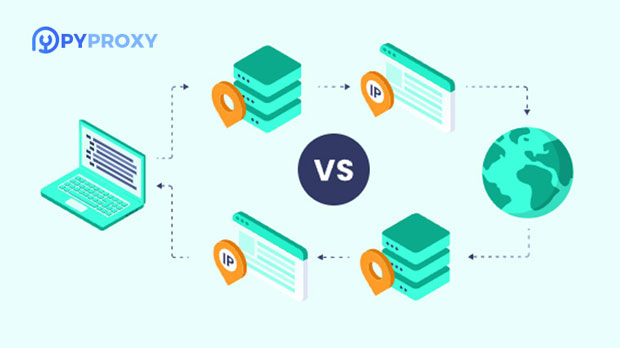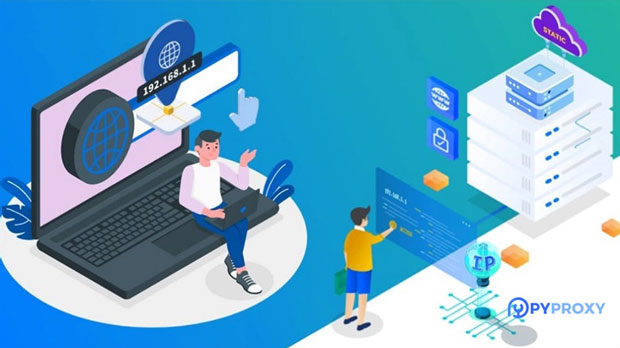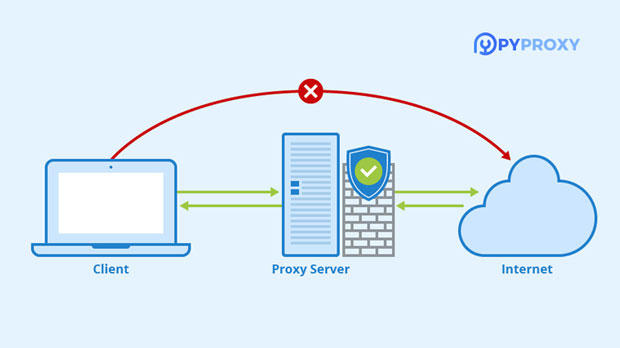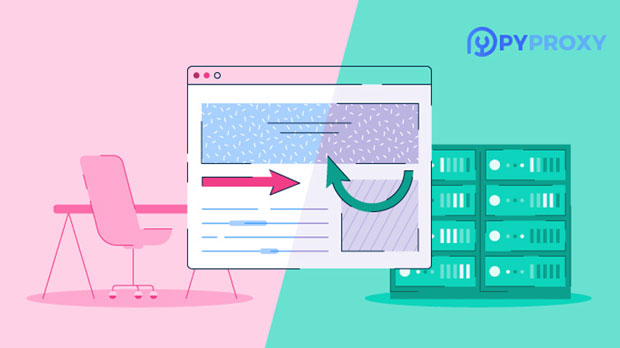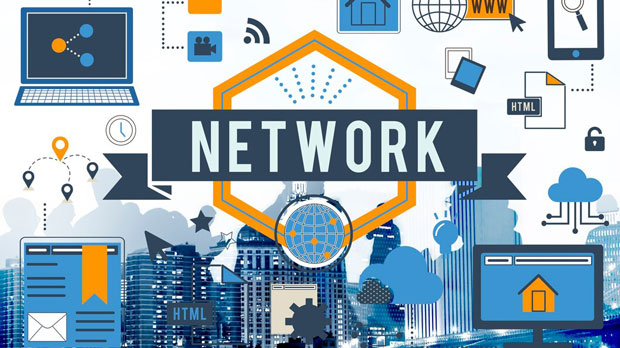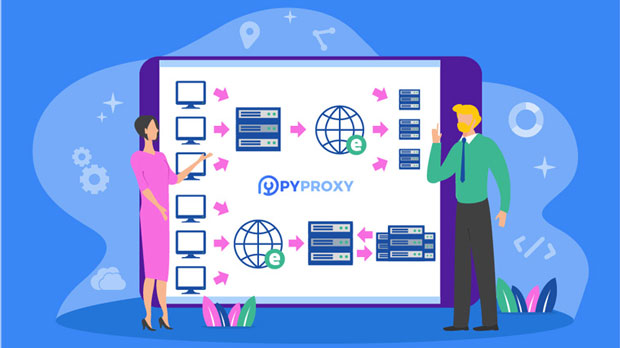Are proxy server IPs available for online gaming?
Online gaming has become one of the most popular forms of entertainment worldwide. As gaming has evolved, players are constantly looking for ways to improve their experience, whether it’s through faster internet connections, better hardware, or utilizing proxy server IPs. Proxy servers are widely used for various internet activities, but when it comes to online gaming, the question arises: is using a proxy server IP suitable for gaming? In this article, we will explore the pros and cons of using proxy servers for online gaming, analyzing their impact on performance, security, and overall gaming experience. By the end, you will have a better understanding of whether or not proxy servers can be beneficial in the gaming world. Understanding Proxy Servers and How They WorkBefore diving into the specifics of using proxy server IPs for online gaming, it is important to understand what proxy servers are and how they function. A proxy server acts as an intermediary between a user’s device and the internet. It routes the user's internet traffic through its own network, effectively masking the user's IP address and providing an alternative IP. This allows users to browse the internet anonymously or access content that may be restricted in certain regions. Proxy servers are often employed for various reasons, such as bypassing geographical restrictions, improving security, and reducing latency.In the context of online gaming, a proxy server could serve similar functions. It can potentially change a player's IP address, allowing them to access region-locked servers or avoid certain types of online restrictions. However, the use of proxy servers in online gaming raises some unique concerns and considerations.The Benefits of Using Proxy Server IP for Online GamingWhile there are potential drawbacks to using a proxy server for online gaming, there are also several benefits that gamers may find useful. Here are some key advantages:1. Bypassing Geographical RestrictionsOne of the primary reasons gamers use proxy servers is to bypass geographical restrictions. Certain online games or gaming content may be restricted in specific countries or regions due to licensing agreements, government regulations, or regional pricing. By using a proxy server, players can route their traffic through a server located in a region where the game or content is accessible, allowing them to enjoy games that would otherwise be unavailable.2. Increased Security and PrivacyOnline gaming can sometimes expose players to security risks, such as hacking, DDoS attacks, and other forms of cyber threats. A proxy server can help protect gamers by masking their real IP address and routing their traffic through a secure connection. This can make it more difficult for malicious actors to target players or track their online activities. Additionally, some proxy servers offer encryption, further enhancing the security and privacy of the user’s connection.3. Reduced Ping and Latency (Under Certain Conditions)In some cases, a proxy server can help reduce ping and latency for online gamers. This typically happens when the proxy server is strategically located closer to the game server, thus reducing the distance that the player's data needs to travel. However, this benefit is highly dependent on the location and quality of the proxy server. A poorly chosen proxy server can actually increase latency, which can negatively impact gaming performance.The Drawbacks of Using Proxy Server IP for Online GamingDespite the potential advantages, there are several drawbacks and challenges that gamers may face when using proxy servers. These issues can significantly impact the overall gaming experience:1. Increased Latency and Lag (If Not Properly Configured)While it is possible for a proxy server to reduce latency, it can just as easily cause an increase in ping if not properly configured. When a proxy server is not optimally located or is overburdened with traffic, it can introduce additional hops and delays in the data transmission process. This can result in noticeable lag, causing delays in gameplay and negatively affecting the gaming experience. For fast-paced games that require real-time responsiveness, any increase in latency can be a major hindrance.2. Potential for Connection InstabilityProxy servers can sometimes cause connection instability, especially if the server is unreliable or poorly maintained. Players may experience frequent disconnections, interruptions in gameplay, or trouble connecting to certain game servers. These issues can be frustrating, particularly in competitive gaming environments where a stable connection is critical. Additionally, certain games may not work well with proxies, especially if they have strong anti-cheat or anti-proxy measures in place.3. Bypassing Proxy Detection and Anti-Cheat SystemsMany modern online games have sophisticated systems designed to detect and block proxy servers. These systems can detect irregularities in the player’s IP address or connection, and flag suspicious behavior. As a result, players using proxy servers may find themselves banned or penalized by the game’s developers. Furthermore, proxy use can sometimes interfere with game features like matchmaking, creating an unfair advantage or disrupting the experience for others.4. Decreased Game PerformanceWhile some proxy servers might improve performance under certain conditions, many can actually degrade the gaming experience. The added complexity of routing traffic through an intermediary server can lead to slower response times, packet loss, and other performance issues. Additionally, proxy servers can be subject to traffic congestion, especially during peak gaming hours, leading to inconsistent performance.When Is It Worth Using a Proxy Server for Gaming?Despite the potential drawbacks, there are specific scenarios where using a proxy server for online gaming can be beneficial. For instance, if a player is trying to access a game or content that is restricted in their region, a proxy server can be a viable solution. It may also be useful for players who are concerned about their online security and wish to hide their IP address from potential threats.However, players should carefully consider the risks and challenges associated with using a proxy server. Before using a proxy, it is important to assess the quality of the server, ensure it is properly configured, and understand the potential impact on gameplay. In many cases, players may find that the drawbacks outweigh the benefits, especially if the primary goal is to achieve optimal performance.ConclusionUsing a proxy server IP for online gaming can offer several benefits, such as bypassing geographical restrictions, enhancing security, and potentially reducing latency. However, it also comes with notable drawbacks, including the risk of increased latency, connection instability, and potential issues with anti-cheat systems. Ultimately, whether or not a proxy server is suitable for online gaming depends on the player’s specific needs, the quality of the proxy server, and the type of game being played. For most gamers, ensuring a fast, stable, and secure connection should be the top priority, and in many cases, using a proxy server may not be the best solution. Gamers must weigh the pros and cons carefully before deciding whether or not to use a proxy server for their gaming experience.
2025-02-03
















































